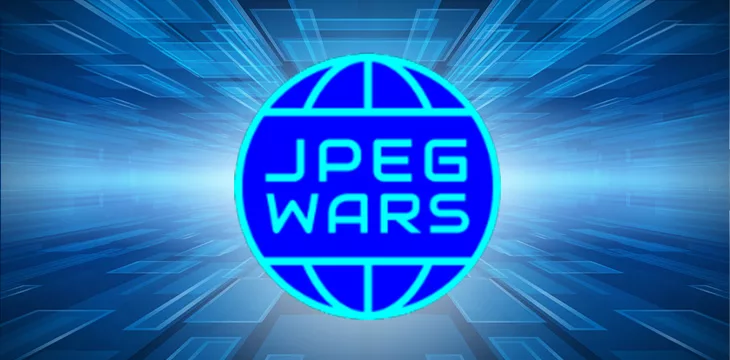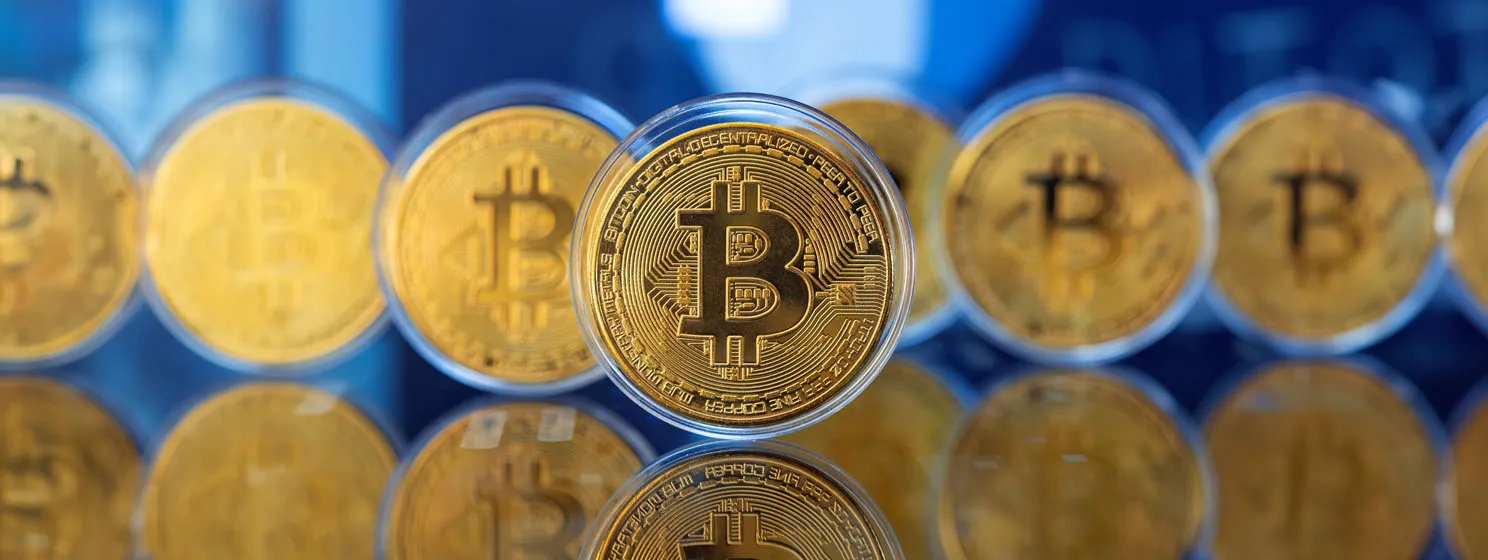|
Getting your Trinity Audio player ready...
|
JPEG Wars is a free-to-play, cross-blockchain MMO Shooter for anyone with a BTC, Ethereum, BSV blockchain, Solana wallet, and non-fungible token (NFT). Optionally, users can still play for free but will be appropriately labeled as an “NPC.” Gameplay is currently supported on desktop only in a web browser, where your NFT avatar moves around the map, shooting other players. A daily frenzy is held for an hour once or twice a day, where the NFT collection with the most kills earns a daily reward of $50 in BTC. I caught up with the founder of JPEG Wars to learn more about the motivations for creating this game.
🧵 JPEG WARS game info
🤔 CONCEPT – free to play multiplayer online shooter for anyone with a #BTC ordinal, #BSV ordinal, or #ETH wallet
Play at https://t.co/AUPlweResN or on @ordinalswallet
— X WARS 🌐 (@x__wars) August 14, 2023
Why did you decide to build the JPEG Wars game?
When BTC ordinals started, we saw it as an opportunity to bring communities from different chains together into a common space. At the end of the day, the overall goal of the game is to get like-minded people together in a fun environment and serve as a reminder that although we might disagree about which chain is better for this or that, the original reason a lot of us got excited about Bitcoin, to begin with, was because it had the potential to fix a lot of the problems we believe exist in the current financial system.
Why implement and support NFT collections from multiple blockchains instead of just one (for example, BTC)?
There’s two main reasons we went with a multi-chain approach:
a. We saw Ordinals as a way to unify different communities. All of a sudden, there were developers from ETH, SOL, BSV, Doge, etc., all working in the same community to build on BTC. We had never seen such a unified vision in crypto, and we thought it was a great way to start bridging the gaps between the communities.
b. We believe in the long-term viability of BSV and didn’t want our Haste Arcade users to think that we were abandoning them for BTC. We’ve had incredible support from the BSV community, and it just felt right that anything we built for BTC can also be built for BSV.
How and based on what criteria did you decide which blockchains to support?
We decided which chains to support based on their community size and the ease of integrating a wallet for the chain. Obviously, BTC and ETH have huge communities, so those were easy choices, we’ve been building on BSV for two years, so that was an easy choice, and there is a lot of developer talent working on SOL, so that also seemed like a straightforward choice.
How and based on what criteria did you decide which NFT collections to enlist?
Pretty similar to how we chose the chains, we wanted to automatically support collections with large and engaged communities. But we also allow lesser-known communities to submit their collection for support. It doesn’t cost anything for a creator to get their collection supported, and the game is a great way to offer collection holders something to do with their ordinal.
What is the relation and purpose of the JPGW BRC-20 token deployed on BTC?
There isn’t really a relation yet; we just thought it would be fun to do a fair mint token. Maybe in the future, we will figure out a utility for this, but for the time being, it is just a meme coin to celebrate the launch of the game.
The tagline “Unity through War” appears to be a counter meme against maximalism. Could you explain your viewpoint on this?
It’s no secret that there has been a lot of hatred and animosity among chains. Personally, we were sick of it, and we felt like people were wasting their time hating each other and putting each other down when, in reality, that energy and attention should be pointed towards a much larger issue, which is the current financial system.
In our opinion, the idea of disrupting the establishment (banks) was what brought most people into Bitcoin to begin with, but that idea had been corrupted to the point that instead of fighting the banks we now fight ourselves. So, we wanted to take the idea of the different chains fighting against each other and turn it into a fun/engaging way to unify the entire community and remind everyone there is a larger enemy that if we work together, we can defeat.
How did your experience building Haste Arcade influence the implementation of the leaderboard, and pro-rated payouts?
It definitely gave us a lot of experience working with wallet integrations and ordinals, but it didn’t play a huge factor in how the leaderboard works for JPEG Wars. Since the game is free to play, we wanted it to be more about just having fun gaming and engaging with other blockchain enthusiasts.
How do you incentivize more players from underrepresented NFT collections to join the battlefield?
It’s tough to be honest. We’ve spent a lot of time in Discords and Twitter/X DMs with collection creators, trying to get them to promote the game to their community. But there’s a lot of hesitancy for whatever reason.
People are scared to connect a wallet to something they are unfamiliar with. What’s cool, though, is that we’ve seen underrepresented collections gain exposure through the game, which has brought attention to those collections they would not have otherwise had.
What is next for JPEG Wars?
In the immediate future, we will be releasing new in-game assets like different weapons, health packs, and an official game collection. Longer term we’ve talked about different maps, different game modes, and in-game marketplaces where creators can submit their own assets.
The most important thing right now, though, is just making sure there is constant engagement with the game’s early adopters. Hosting a 24/7 MMO (massive multiplayer online) game is a challenge for multiple reasons, so we want to be mindful of how quickly we roll out new features.
Thank you, JPEG Wars, for taking the time to answer my questions. I hope the readers learned more, follow them on X.com @jpeg_wars, and hope to see you on the battlefield!
This article was lightly edited for grammatical purposes.
Watch Haste: How BSV blockchain takes online games to the next level

 07-02-2025
07-02-2025 





